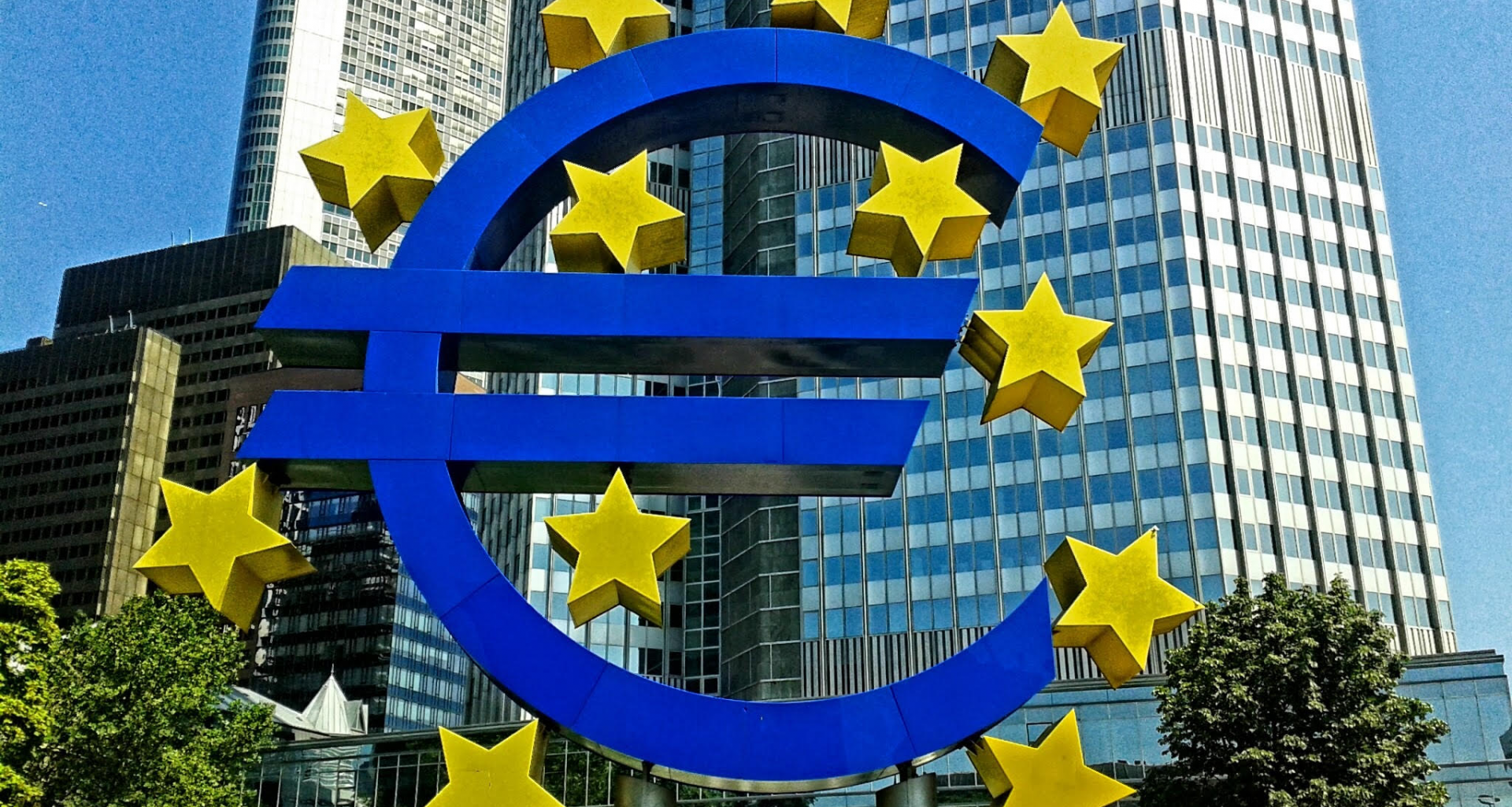Building Back US Business with Resilience and Imagination
As we begin to see light at the end of the tunnel of the COVID pandemic in some parts of the world, one question looms large: What can we learn from this crisis to build back better?
In this article we take a look at how businesses, the financial system, and broader society fared during the COVID crisis, which provided the ultimate stress test of these systems, and extract some lessons on building back with greater resilience.
What does the pandemic tell us about resilience?
At its core, resilience describes the capacity to absorb stress, recover critical functionality, and thrive in altered circumstances. It is as much about innovation and seizing opportunity as it is about defence and damage mitigation.
For businesses, crisis outcomes were shaped by their prior investments into resilience. For example, companies which had a keen understanding of the long-term shift to digital business models and were already taking advantage of this trend, were much better positioned to succeed when the COVID pandemic accelerated adoption. As in previous crises, company performance within industries varied widely: In the 18 months before the COVID shock, the average gap in total shareholder return (TSR) between the 25th and 75th percentile performers across industries measured 75pp. 18 months after the COVID shock, the gap had increased to 105pp. Counterintuitively, crises offer greater opportunities for differentiated performance and competitive reversal than more stable periods.
Within the financial system, there had already been significant efforts to enhance resilience in response to the financial crisis of 2008, with financial institutions building up liquidity and capital buffers, and central banks and governments embracing the importance of rapid and extensive stimulus measures. The value was highlighted by the COVID shock, which burdened financial institutions with liquidity stress as well as a deterioration in credit quality but did not produce a systemic crash. And while the recession triggered by COVID was deep, it was also the shortest in recent US history.
For the broader society, the pandemic highlighted cracks in the social fabric in the US and elsewhere– particularly through increased social polarisation and distrust of public institutions, which hindered rapid and widespread adherence to health policy measures. These challenges were further exacerbated by slow or inconsistent crisis responses by policymakers and health institutions, who appeared to be lacking in agility and adaptiveness. Ultimately, social division manifested in significant backlash against public policies, such as economic shutdowns or mask mandates, and overall health outcomes which were poor by international standards. Arguably, the social realm is where we saw the biggest deficits in resilience.
Greater resilience can generate value across all stages of the crisis cycle
In summary, we can observe diverse outcomes from the COVID pandemic within and across societal systems, with strong dependencies to the levels of pre-crisis resilience. This is consistent with our research, which shows that – for businesses – resilience creates benefits across multiple timescales of a crisis:
- First, resilient businesses can better absorb the immediate impact of an external shock, as they are better at anticipating and preparing for hiatus and have built up a cushioning advantage in the form of operational redundancy, portfolio diversity, or financial buffers.
- Second, resilient companies recover faster than their peers by adapting to changing circumstances and more rapidly identifying and mobilizing in response to opportunities emerging from the crisis.
- Third, resilience enables firms to thrive in the new circumstances after a crisis, due to their ability to reimagine businesses for the “new normal” and to shape industry dynamics in the post-shock environment to their advantage.
Empirical analysis indicates that resilience is key to long-term business performance because crises separate the wheat from the chaff. Although crises occur in only about ~10% of quarters, relative TSR during these times accounts for ~30% of a company’s long-run relative TSR. In other words, performance during crisis periods has almost three times the impact of performance during more stable periods.
For businesses, enhancing resilience requires taking a longer-term perspective
Many companies are overly focused on maximizing short-run efficiency and returns, resulting in moves like removing operational slack or spending down cash buffers on shareholder buybacks. For sustainable competitiveness and returns however, businesses must shift towards their priorities to the longer-term. In our research, we have identified six key factors for enhancing resilience, inspired by biological systems:
- Prudence: Enhancing the ability to anticipate and prepare for crises, e.g., by implementing early warning systems and developing contingency plans.
- Redundancy: Building up excess capacity or resources to buffer against shocks.
- Diversity: Creating different types of capabilities, revenue sources, or means of production.
- Modularity: Organising in loosely linked modules to isolate crisis impact.
- Embeddedness: Connecting with the broader business ecosystem and aligning with shifting social norms in order to cushion shock through collaboration and adjust to shifting needs and priorities.
- Adaptiveness: Building the capability to respond quickly to changes in circumstances and to shape the new competitive environment by identifying and seizing emerging opportunities. To be successful in this regard, a key prerequisite is imagination, which, our research shows, can be more systematically harnessed by installing conducive culture, leadership, and processes.
Businesses need to contribute to system-level resilience, by looking beyond their boundaries
While investments into resilience at the company level are important, resilience is a property of systems and requires action beyond the individual entity. For example, a company with a brittle supply chain cannot be resilient. As such, business leaders must look beyond the boundaries of their organisations and leverage collaboration, e.g., by fostering resilient multi-business ecosystems using digital platforms. By enhancing their collective resilience, businesses also contribute to the resilience of our financial and social systems, by alleviating pressure on financial institutions through lower default rates, and by reducing the financial precarity of individuals by lessening the need for layoffs or hiring freezes.
Businesses also have a more direct role to play in addressing social polarisation by providing balanced information to help restore trust in science or by creating platforms for engagement across social groups. We may no longer bowl together, but we still work together.
The COVID pandemic was the ultimate stress test for businesses, the financial system, and society. The observed variance in outcomes confirms the value of resilience and highlights the need to do more to enhance resilience – particularly within our social fabric. As such, we must treat the crisis as an opportunity to build back better, focused on resilience and imagination.
At the Horasis USA Meeting on 4 March, 2022, Martin Reeves will be facilitating a panel discussion featuring Judy Samuelson, Sana Al-Badri, and Mark Maybury on “Building Back US Business with Resilience and Imagination” – to drive forward the dialogue on being better prepared for inevitable future crises.



